Travel:Merzouga Dunes, Todgha Canyon, Khamlia, Morocco 4/15/2023
- Lili Naveh
- Apr 15, 2023
- 7 min read
Continuation of a guided group trip. which started on:
4/10 - From Tangier to Casablanca (part 1)
4/11 -Rabat- Imperial capital (part 2)
4/12/Meknez - Imperial Capital (part 3)
4/13 Fez -1st Imperial Capital (part 4)
4/14- Atlas Mt. (part 5)

Sun Rise at Erg Chebbi
The awakened group was up and ready at 4:30am to spectate the legendary sunrise off and over the Erg Chebbi enchanting Sea of Dunes that has been formed by wind-blown sand.

The dunes of Erg Chebbi are not part of the Sahara Desert. which starts 100 km across the border into Algeria, but are at the edge of the desert.
They rise to 150 from the surrounding hamada (rocky desert) and altogether spans an area of 28 km, from north to south and up to 5–7 km from east to west lining the Algerian border.
The 40 km drive with the 4xr4 jeep caravan, from Merzouga. - the local tourist center, where we slept at the previous night, and which is located on the western lee of the dunes, proceeded along some other 70 or more hotels and auberges, running north-south and throught the dunes.
The drivers - local Berbers, wearing their traditional Jallabia - long dress like, and head covering. totally resembled the Bedouins, so familiar to us from Israel's southern Negev plains.

Since many other early rising tourists swarmed the dunes, along with an enormous crew of local Berbers, whose entire intention was to extract as much funds as possible off the visitors, my enjoyment of the entire experience sharply faded.

Actually I was gravely startled and upset, when suddenly, I found myself totally surrounded by tens of aggressive desert men, separating me from the rest of group insisting on offering unsolicited assistance who , right at the beginning of the climb toward the dunes,


The Berbers kept pestering and trailing after the visitors, to either force- sell them desert trinkets, or grabbing the hands and elbows of those climbing , slowly up by foot, allegedly offering the climbers, assistance, through the dune sand sinking .

Even those who chose to do the climb on a camel ride (offered on site by many companies), were not spared this unpleasant harassment.

Tourists are offered camel trips into the dunes, and also overnight trips to permanent camp-sites, even if erected several kilometers ,into the erg. they totally spoiled the exotic landscape
The Moroccan government has removed the camp sites within the dunes and restricted these glamping tented compounds to the outside edges of the dune ,but they have kept emerging.

During the warmest part of the year, Moroccans come to Erg Chebbi to be buried neck-deep in the hot sand for a few minutes at a time.
This is considered to be an alternative creative treatment for rheumatism,
I most probably would never choose to try...


Coming back for breakfast at the Kasbah Tombouctou - Hotel in Merzouga, required first to dispose off the sand-boxl created in my shoes .
Then straight after breakfast the bus continued its desert ride and unloaded us 7 km later, at a desert Bar...

Bar Gnaoua - Khamlia Village


A visit to a local Music House in Kahmlia village (founded in 1953) where, the local promote their heritage music
Black Africans from the Gnawa tribe, originating from sub-Saharan countries such as Sudan, Mali and Niger, were forcibly moved, for centuries from their homelands, across the Sahara to Morocco as part of the worldwide slave trade. Shackled in chains as they crossed the desert, they sang to soothe and found a mindfulness in the rhythmic chanting and clanking of the chains.
The Gnawa lived as nomads until settling last century in this small village called Khamlia
Today the small village in whose inhabitants are direct descendants of these slaves .
now emancipated, use the retained knowledge of their culture, customs and traditions to such an extent, that they are still able to make their musical instruments such as the Guembri and Hajhuj from the intestines and skin of goats and wood from the desert Tamarisk tree..
They tell their story in music and usage of these old original instruments. including tambourines and large cymbals preforming in the Khamlia Village. and other parts.

They revived their spiritual music but changed its form to one of gratitude to God and the Prophet Mohammed. Gnawa music became a music of thanksgiving for freedom, and nostalgia for the homeland.
There are 3 music groups in Khamlia, of which we heard one, and once a year they used to perform at each of the village houses, in order to collect donations of basic provisions of flour, sugar, tea or money which help fund their own Khamlia Gnawa Festival .
Ancient undrground Water ways in the Desert

Qanats or foggara or khettara same name to a Water-ways System
This system for transporting water from an aquifer or water well to the surface, through an underground aqueduct; originated approximately 3,000 years ago in what is now Iran.

It is constructed as a series of well-like vertical shafts,connected by a gently sloping tunnel. which taps into underground water and delivers it to the surface by gravity, without need for pumping.
The vertical shafts along the underground channel are purely for maintenance purposes and water is typically used only once it emerges from the daylight point.

This system of water supply allows water to be transported over long distances in hot dry climates without loss of much of the water to evaporation. The system has the advantage of being resistant to natural disasters such as earthquakes and floods, and to deliberate destruction in war. Furthermore, it is almost insensitive to the levels of precipitation, delivering a flow with only gradual variations from wet to dry years.
The water tunnels are of about 500 years, watering sunken gardens that were defended by walls, built round the cultivated areas
Sunken cultivated walled Gardens in the desert watered by the underground system
Further drive through the desert landed us within the richest 100km fossils area
Erfoud fossils

Million of years ago the Sahara was a shallow sea where prehistoric marine creatures thrived in the sea and collected dead on its bottom. Their remains were buried in the mud and transformed into stone
The fossils shop we stopped at

Fossils dating back hundreds of millions of years makes Erfoud one of the richest fossils area in the world with trilobites, ammonites (resembling spiral snails) and other ancient living fossils as dinosaurs , coral and shark teeth.
They can be found close to the surface so are easy to collect and sell.

Collectors have shown an international interest in fossil since the early 20th c
beginning with the French geologist Louis Gentil discovering trilobite fossils near Casablanca in 1916, which triggered local populations exploited Morocco's significant quantities of fossils by selling excavated specimens to collectors and tourists.
The industry grew rapidly in the late 1980s and early 1990s as fossil collecting became increasingly common, especially among young people.
From the 2000s on wards, the Moroccan fossil trade has turned into a lucrative industry of its own
The Moroccan fossil trade is the large industry surrounding the excavation, preparation and international sale of fossils from Morocco. More than 50,000 Moroccans earn their living in mining, trading or exporting fossils and the industry itself is worth more than $40 million annually. There is also the Fossils Museum in the area

Lunch at Tinejdad
An oasis desert city of about 50, 000 at the Errachidia Province, Draa-Tafilalet, at which the bus stopped for, yet another unremarkable lunch
Restaurant Reda
Scenes seen during the drive in the desert and toward the Todgha Gorge

Next to a pastoral scene of grazing sheep herd, huge desert landscape covered by plastic bags, blown by dessert's wind and piles of dumped garbage - were an ugly and shameful
scenery., dumping the spirit.

The darken thin surface layer spotted over the red desert sand , during the desert crossing, is due to the natural earth iron acids extracted by heated deserts sun heat which makes the surface looks like it was covered by a layer of black Asphalt..
Approaching Tinerhir, Oasis


Tinghir is a charming oasis town between Dades Gorge and Tinejdad , known for its magnificent palm groves and its famous Todra Gorge.
It is about 30 km long and about 4 kim wide. at about altitude of (1,430 m.
The city (jamaat tinghir) with a population of about 43,000 made up of predominant ethnic group Amazighs, is at the center of one of the most attractive oases in southern Morocco

Agriculture, trade and tourism make up the economy of Tinghir and In addition, many families live on money sent home by relatives working in Europe (Here)
Lush palm trees cover about 48 km on 500-to-1,500-m wide tracts along the Wadi Todgha.. The palm oasis, dense and widespread, is irrigated by a network of pipes and irrigation canals.
Todgha Gorge - one of the world's most spectacular canyons


A deep cliff-sided, scenery of 40 km limestone river canyons, curved by both the Todgha and neighboring Dades Rivers , in the eastern part of the High Atlas Mountains. near the town of Tinerhir, are a magical view not to be missed

The height of the canyon's walls can vary, but in some places can be up to 400 m.
The last 600 of the Todgha gorge are the most spectacular. as the canyon narrows to a flat stony track, in places as little as 10 m wide, with sheer and smooth orange and red colored, rock walls up to 160 m high on each side.

During the rainy season, the water stream can expand massively, covering the canyon floor in a strong torrents,
However, during our afternoon visit, the peaceful stream of water was small and made the access easy ,as it facilitated by a concrete road which stretches up the valley, passing the villages of
Aït Hani, and Tamtatouchte.
The gorge is popular among rock climbers
36 Jewish families lived in the area and left in 1956 to Israel
A song mentioning the Todgha village was written by the known Israeli play writer Yehoshua Sobol (here)
The night was spent in Boumalne Dades
The town is at the edge of the desert plateau, at the outlet of the upper Dadès Valley (more than 1500 m high), Boulmane Dades with a a population of about 14,000 most of , whom like those of the Dades Valley, are Berber people.
The region was known for its richness in vegetables and fruits business and trade, especially cattle, due to the trade route that passes through it (more)


Hotel stayed
Xaluca Dades - Dades
Avda.Zone Touristique B.P 138 +212 524447400

The views of Dades from the Hotel

To be Continued,,,,,,







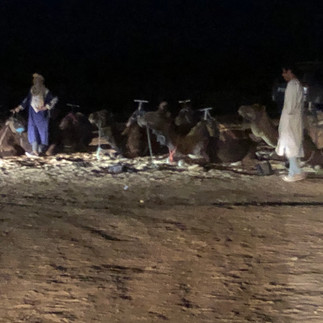



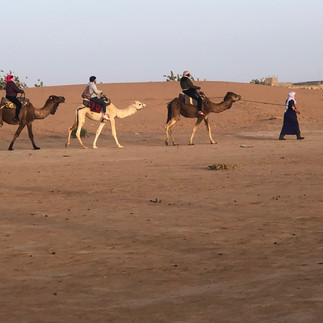





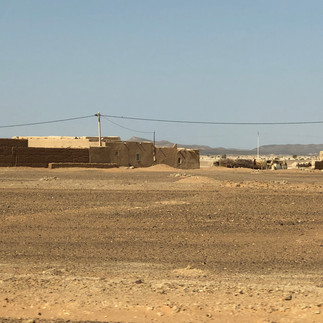
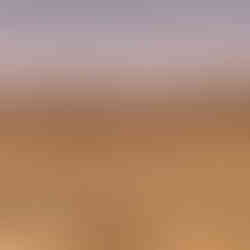











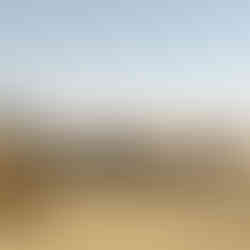

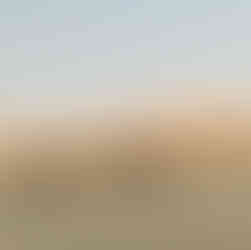




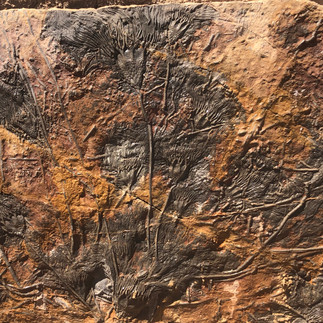



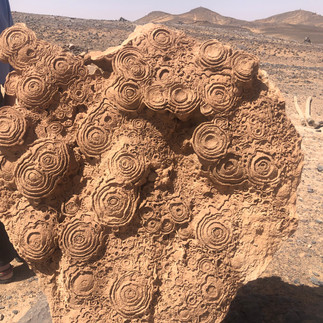









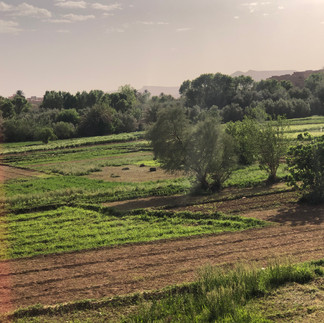

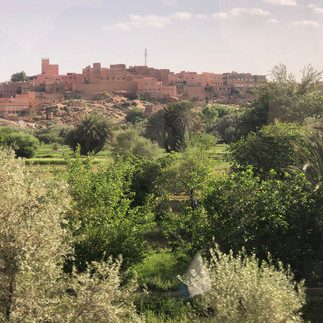







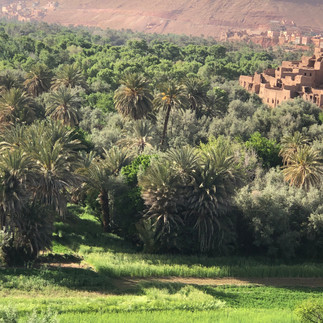



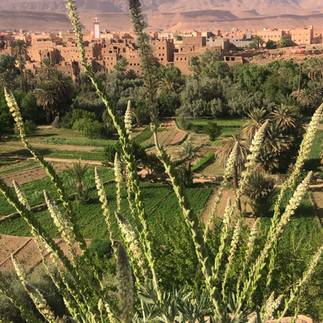



















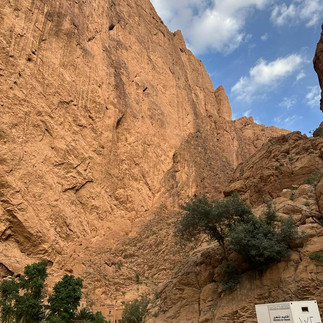












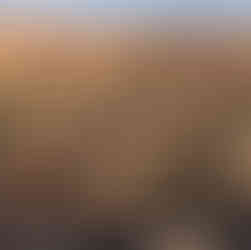


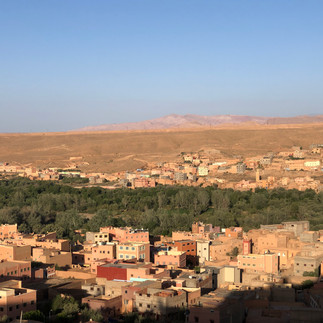



Comments